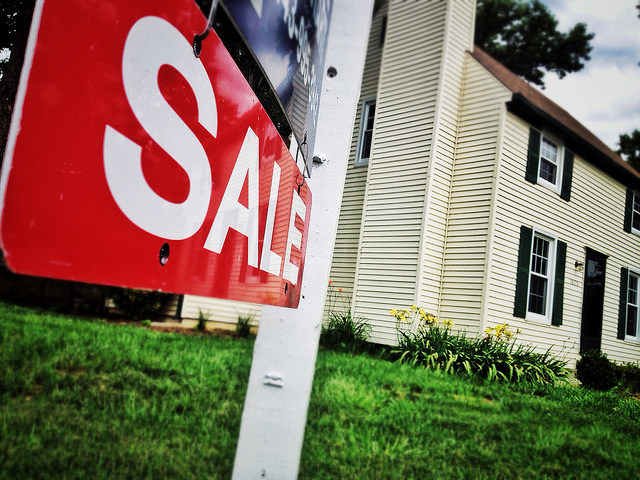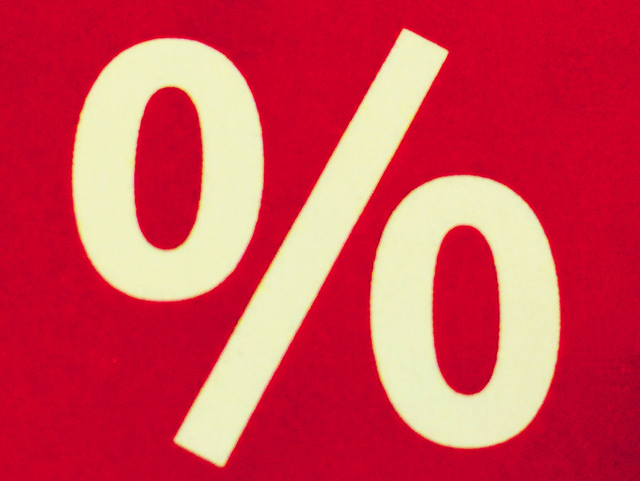Each month, Fannie Mae surveys Americans to gauge their interest in buying a home. Their Home Purchase Sentiment Index asks respondents for their feelings about the housing market, mortgage rates, home prices, their personal financial situation, employment, and whether or not it’s a good time to buy or sell a home. According to the most recent survey, home buying sentiment remains high, though down from the month before. Doug Duncan, Fannie Mae’s senior vice president and chief economist, says a lack of affordable homes for sale is the main factor weighing on prospective home buyers. “The ‘good time to buy’ component has declined notably, despite low mortgage rates, due in part to the persistent challenge of a lack of affordable housing supply,†Duncan said. However, he also noted that the number of Americans expecting home prices to increase over the next year has fallen to a 7-year low. Between that, low mortgage rates and a strong job market, housing sentiment and buyer demand remain strong. In fact, the overall index is now 3.1 points higher than at the same time last year. More here.









